Vacuum Casting Jewelry
Introduction of Vacuum Casting Jewelry
Vacuum casting jewelry is an advanced process. The SuperbMelt vacuum casting jewelry machine can cast 2 kilograms of gold, silver, copper, K-gold, and other metals in just three minutes. This method produces high-quality, intricate jewelry by casting molten metal in a controlled, oxygen-free environment.
The process begins with the creation of a precise wax model (either through traditional hand carving or modern 3D printing), which is then used in the lost-wax investment casting process. Once the wax is burned out, a refractory mold is left behind. The molten metal is then poured into this mold under vacuum conditions, ensuring that oxidation and impurities are minimized. The final product is flawless, with high purity, outstanding details, and a smooth surface, making vacuum casting the preferred choice in the jewelry manufacturing industry.
What is the Process of Vacuum Casting Jewelry?
The process of vacuum casting jewelry is an advanced and precise method used in the jewelry manufacturing industry to create high-quality, intricate designs. This method involves several detailed steps to ensure the finished piece is flawless, with exceptional details and a smooth surface. Below is a comprehensive breakdown of the vacuum casting process:
1. Wax Model Creation
The process begins with the creation of a wax model that represents the final design of the jewelry piece. This model can be made either by hand, using traditional carving techniques, or through modern methods like 3D printing. The wax model is an exact replica of the jewelry, and it must be precise to ensure the final casting reflects the design accurately.
2. Spruing and Molding
Once the wax model is ready, it is attached to a metal sprue, which acts as a channel for the molten metal to flow into the mold. The sprued model is then placed in a container and covered with a fine layer of investment powder (a mix of silica and other ingredients). The investment material is hardened by applying heat to create a shell around the wax model.
3. Wax Burnout
The wax model, now encased in the investment shell, is placed into an oven where the wax is heated and removed. This process is called burnout, where the wax is completely melted and drained out, leaving behind a hollow cavity in the shape of the original wax model. The burnout process typically takes several hours, and it’s crucial to ensure all the wax is eliminated, leaving only the investment mold.
4. Vacuum Casting Preparation
Once the mold has cooled and hardened, it is prepared for metal casting. The mold is heated in a furnace to reach the ideal temperature for casting, ensuring it is sufficiently hot to handle the molten metal without causing thermal shock or defects.
5. Metal Melting and Vacuum Casting
In this critical step, the metal is melted in a high-temperature furnace, typically using a vacuum induction melting furnace. The metal (gold, silver, platinum, copper, etc.) is then poured into the investment mold under vacuum conditions, ensuring that there is no oxygen in the mold. The vacuum helps remove impurities and minimizes oxidation, which can affect the quality of the metal.
6. Cooling and Mold Removal
Once the molten metal has been poured into the mold, it is allowed to cool and solidify. After the cooling period, the investment mold is carefully broken away to reveal the cast metal jewelry. The mold material is typically removed through a combination of water, vibration, or mechanical means.
7. Cleaning and Finishing
After the casting is removed from the mold, any residual investment material is cleaned off using water or other solutions. The jewelry is then polished to remove any imperfections or rough surfaces. Additional steps like gemstone setting, engraving, and polishing may be done to enhance the final product’s appearance.
8. Quality Control
Before the final jewelry piece is ready for sale or further processing, it undergoes a quality control inspection. This step involves checking for defects, ensuring the piece is durable, and verifying that the design details meet the required standards.
Benefits of Vacuum Casting Jewelry
- High Precision: The vacuum casting process allows for intricate details and high-precision designs, making it ideal for custom jewelry.
- Smooth Surface: The vacuum environment reduces oxidation and impurities, resulting in smoother surfaces and higher-quality jewelry.
- Versatility: Vacuum casting is suitable for a wide range of metals and alloys, including gold, silver, platinum, and various alloys.
- Efficient Production: Once the molds are created, multiple pieces can be cast simultaneously, making this process ideal for high-volume manufacturing.
In conclusion, vacuum casting jewelry is a highly effective and efficient method for creating high-quality, detailed jewelry. It is widely used by jewelers for its precision, versatility, and ability to produce intricate designs with minimal defects. This process is particularly useful in high-end jewelry manufacturing, where quality and detail are essential. By using state-of-the-art casting equipment like SuperbMelt’s vacuum casting machines, jewelry manufacturers can ensure they achieve consistent, flawless results.
Get Price of Vacuum Casting Jewelry
Details of Vacuum Casting Jewelry
- Large Casting Capacity: Capable of casting up to 2kg of various metals, including gold, silver, copper, and aluminum, in a single operation, accommodating the production of larger jewellery pieces.
- Versatile Application: Suitable for casting a wide range of jewellery items, including rings, art pieces, and eyeglass frames, offering versatility for different design requirements.
- Electromagnetic Stirring for Uniform Melting: The electromagnetic stirring function ensures a uniform and well-mixed metal melt, contributing to consistent quality and improved aesthetic appeal of the final jewellery products.
- Integrated Safety Features: Equipped with multiple safety measures, including over-temperature protection and short-circuit protection, creating a secure operating environment for the machine operators.
- User-Friendly Operation: The system features a simple and intuitive UI interface, allowing operators to control and monitor the casting process with ease, reducing the learning curve for new users.
- Quick Casting Cycle: With an approximately 3-minute casting cycle, the machine enables rapid production turnaround, making it suitable for high-demand manufacturing environments.
- Enhanced Product Density: The vacuum pressure casting capability contributes to higher product density, minimizing the occurrence of sand holes and ensuring the overall quality of the cast jewellery.
- Energy-Efficient Design: The machine incorporates energy-efficient elements in its design, optimizing the casting process while minimizing energy consumption, resulting in cost savings over time.
| Model | SPB-IPM2 |
| Power RequirementPower | 380v |
| Power Consumption | 10kw |
| Maximum Temperature | 1600 ℃ |
| Dissolution Time | 3min |
| Capacity | 2KG |
| Application | Gold, silver, platinum, palladium, steel, copper |
| Control System | PLC |
| Casting Mode | Automatic/Manual |
| Using gas | Argon gas or nitrogen gas |
| Cooling method | Water-cooled |
| Dimensions | 840*800*1430mm |
| Machine Weight | 210KG |
Jewelry Production:
Use: Perfect for casting a variety of jewelry pieces, including as pendants, rings, and artwork.
Benefits: Makes casting more effective and accurate, which helps produce jewelry with complicated patterns that is of excellent quality.
The Crafts and Art Sector:
Application: Ideal for creating sculptures and other works of metal art.
Benefits: Increases artistic possibilities by giving artists a tool to create intricate, personalized metal artworks.
Manufacturing of Eyewear:
Application: Casts components and frames for eyeglasses.
Benefits: Makes it easier to produce well-made, long-lasting metal eyeglass frames that adhere to industry requirements.
Customized Jewelry Manufacturing:
Application: Worked with workshops that make personalized jewelry.
Benefits: Fulfills the needs of the bespoke jewelry markets by assisting in the manufacture of distinctive and customized jewelry items.
Small-Scale Foundries for Metal:
Application: Applied in tiny foundries that make modest quantities of metal products.
Benefits: Reduces the requirement for large infrastructure by providing a small-scale production with an effective and portable casting solution.
Repair and restoration of jewelry:
Application: Used in establishments that provide services for repairing and restoring jewelry.
Advantages: Allows for exact casting to preserve the original quality and design while mending or restoring jewelry.
Academic Establishments:
Application: Used to instruct students in metal casting procedures in educational environments.
Benefits: Gives students a practical introduction to the casting technique used in jewelry and metalworking.
Development of Prototypes:
Application: Used in product development to create metal prototypes.
Benefits: Promotes speedy testing and iteration in fields like engineering and product design by supporting rapid prototyping.
Customized Metal Fabrication Establishments:
Application: Used by companies that specialize in the manufacturing of bespoke metal.
Benefits: Provides a dependable and effective way to create one-of-a-kind metal goods and components according to customer requirements.
Any Question About SuperbMelt Vacuum Casting Jewelry Machine
Superbmelt’s professional technical team and sales team are at your service
(7/24hours service)

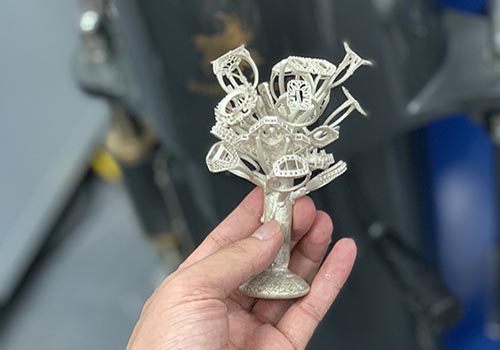

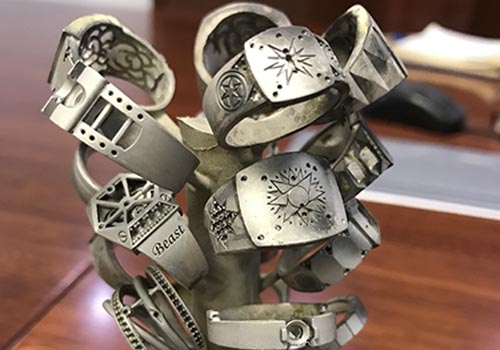
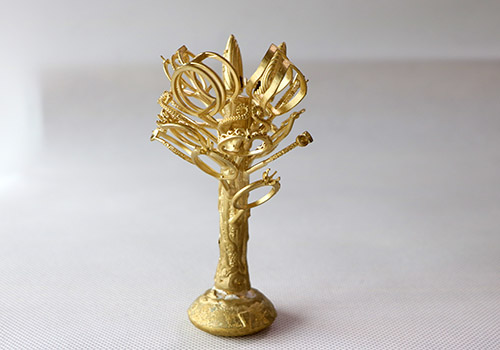
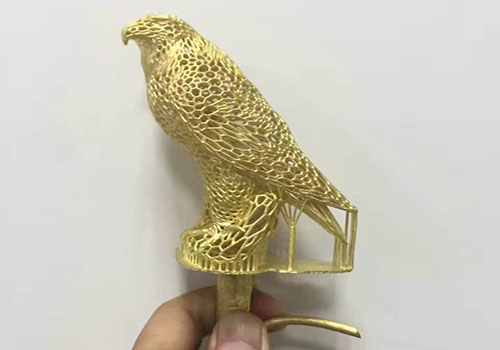
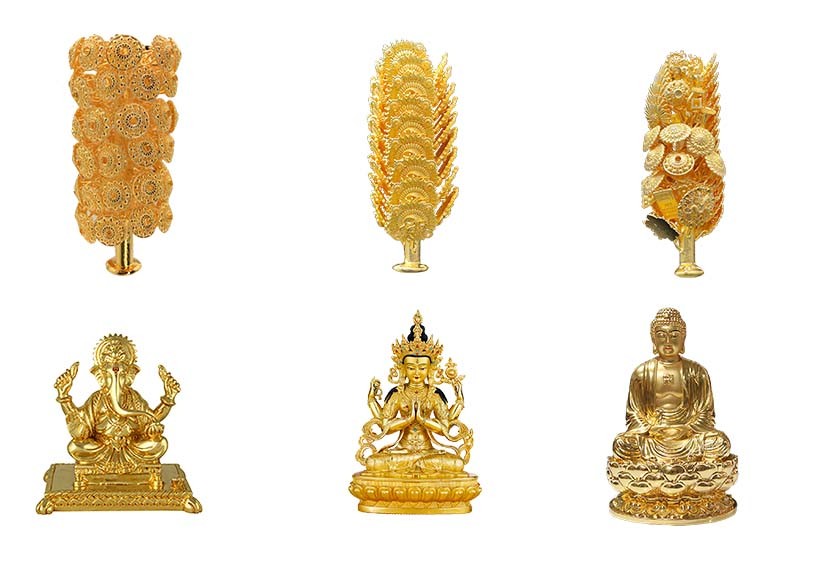
 © Copyright 2008-2021 Superb Electromachinery Co., Limited
© Copyright 2008-2021 Superb Electromachinery Co., Limited